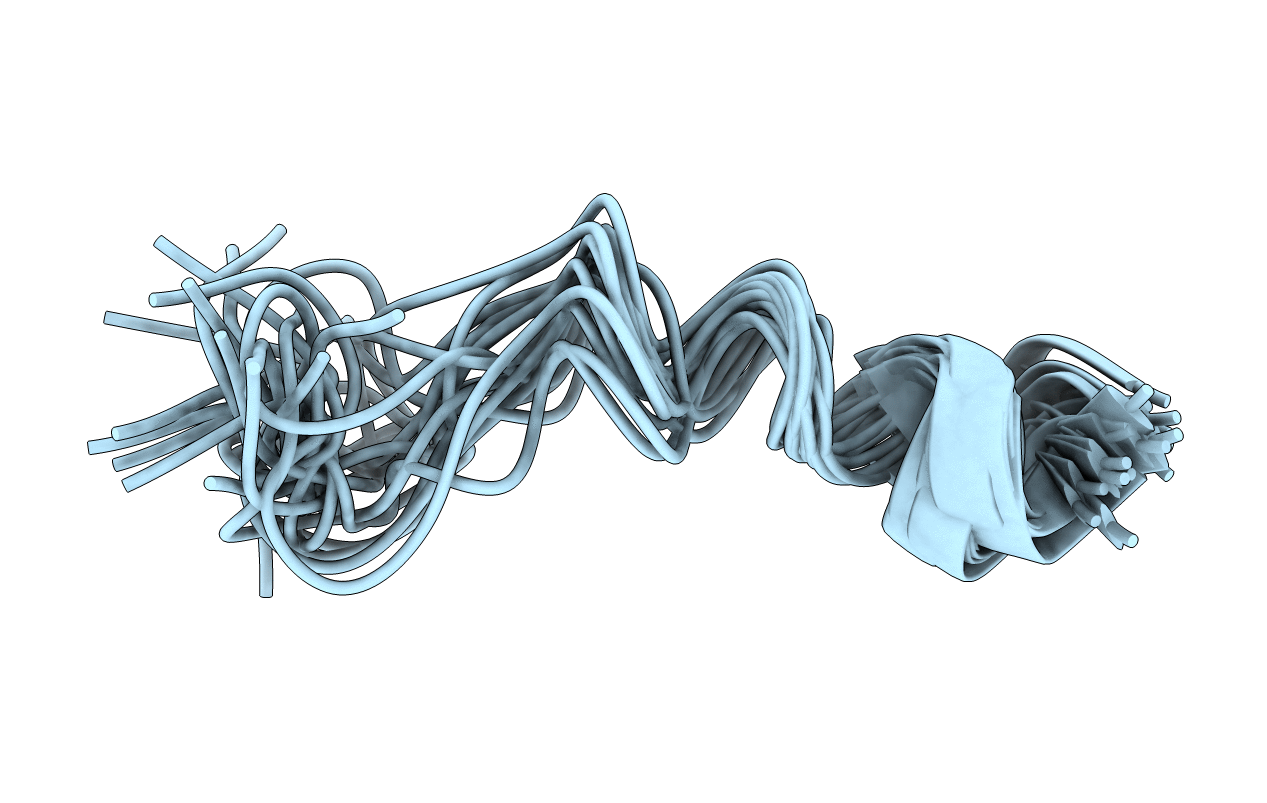
Deposition Date
2014-08-05
Release Date
2014-08-27
Last Version Date
2024-05-15
Method Details:
Experimental Method:
Conformers Calculated:
99
Conformers Submitted:
19
Selection Criteria:
structures with the lowest energy


